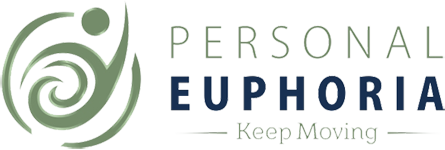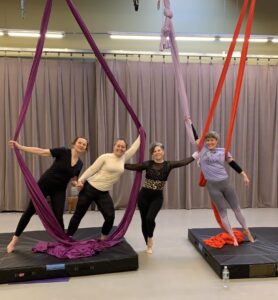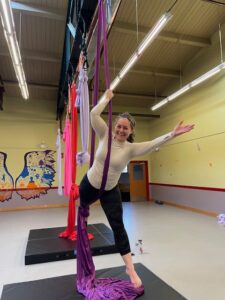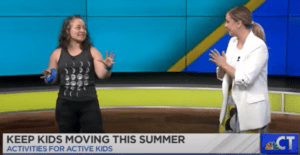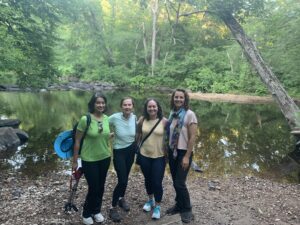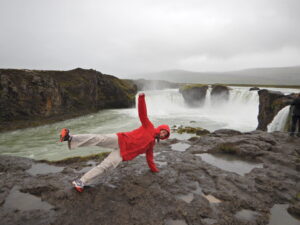Tips for Healthy Hiking
Tip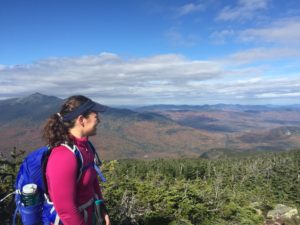 s for Healthy Hiking
s for Healthy Hiking
Hiking is one of my favorite pastimes. And it feels so much better when your body is ready to trek up a mountain. So how do you train for a hike? Here are some tips:
Pack Your Weight
Wear your pack when you train and put some weight in it. If you know how much weight you’ll be carrying on hike day, build up to that quantity. Getting a pack filled with weight can take time and extra effort. If that’s getting in your way of prepping, start moving without the pack.
Trekking Poles
Trekking poles are a lifesaver. If you want to hike into your 70’s and 80’s you want to get trekking poles today. Not only do they save your knees, but they turn the hike into a more full-body workout. On a typical hike, the arms aren’t that involved. Add trekking poles and now your arms and shoulders get a workout too.
Cardio
Any hike will feel better if you are ready for the cardio it will require. You can build up by hiking, biking, running, or picking up the pace when you go for a walk.
Core
